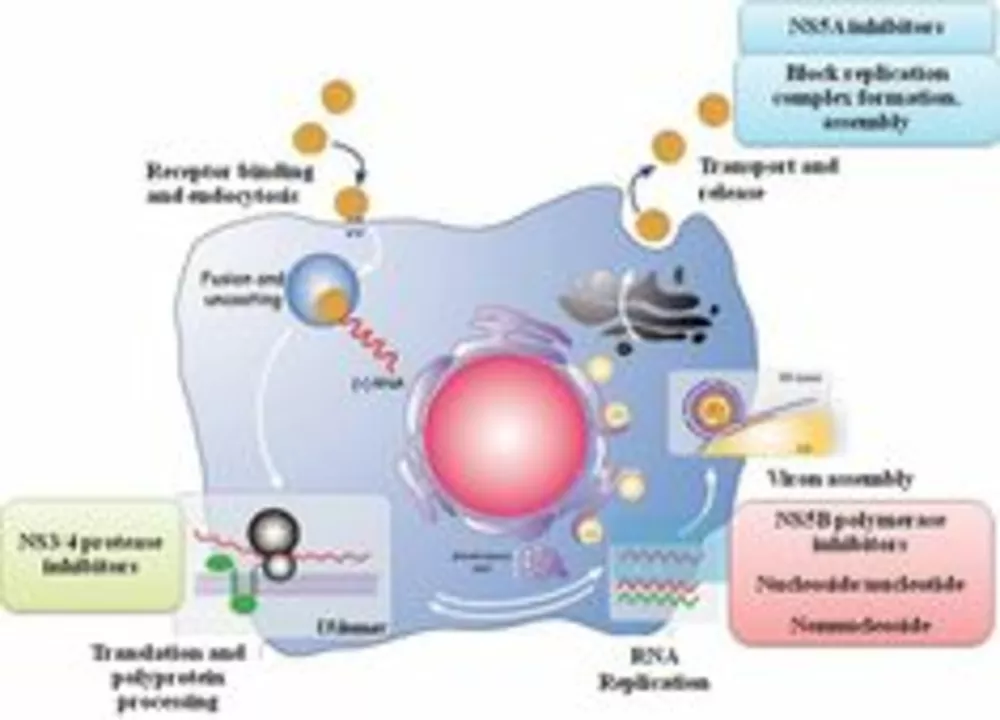Medical Research: Clear, practical updates on treatments
New treatments appear all the time, but study reports can be full of jargon and numbers. Here I break down recent medical research into plain language you can actually use — what a result means for patients, what risks to watch, and how affordability fits into care choices.
What this category covers
We focus on real advances that affect treatment options and patient budgets. For example, one recent post explains tacrolimus — how it works, where it came from, and why transplant teams rely on it. Tacrolimus binds a protein called FKBP, blocks calcineurin, and stops T-cells from attacking a new organ. That mechanism reduces rejection but brings side effects that doctors monitor, like kidney stress and blood pressure changes. Our article gives a clear view of those trade-offs and how clinicians balance dose and safety.
Another detailed piece looks at Duchenne muscular dystrophy and gene therapy. Gene approaches use viral carriers like AAV to deliver a shortened dystrophin gene (micro-dystrophin) or use exon-skipping drugs to restore the reading frame. Trials often report outcomes such as the 6-minute walk test and respiratory measures. We explain what those endpoints mean for daily life, summarize trial sizes and timelines, and highlight safety issues like immune reactions to the viral vector.
How to read a study — quick checklist
When you read a paper or trial report, ask these simple questions: Was it randomized or observational? How many people took part and how long were they followed? What exactly did the study measure — symptom scores, physical tests, or lab markers? Who funded the work, and did researchers report side effects clearly? Finally, is the result replicated elsewhere or still one-off? These points tell you whether a claim is promising or premature.
I also point out practical next steps. If a new drug looks helpful, check whether a generic exists, whether patient assistance programs are available, and whether monitoring requirements might add cost. For gene therapies, consider that FDA approvals, long-term safety data, and access programs differ from small-molecule drugs.
Every post in this category links to the original studies and to plain-language summaries. I try to call out what matters for patients: likely benefits, realistic timelines, common side effects, and real-world costs. If you want to compare treatments, look for head-to-head trials or systematic reviews rather than single small studies.
If you care about a specific topic, use the search or check the featured posts below. Read the tacrolimus deep dive to learn how an old soil-derived drug became a transplant mainstay. Read the Duchenne gene therapy article to see where trials stand today and what hurdles remain. Questions or topics you want covered? Tell me — I’ll look up the evidence and explain it in everyday terms.

